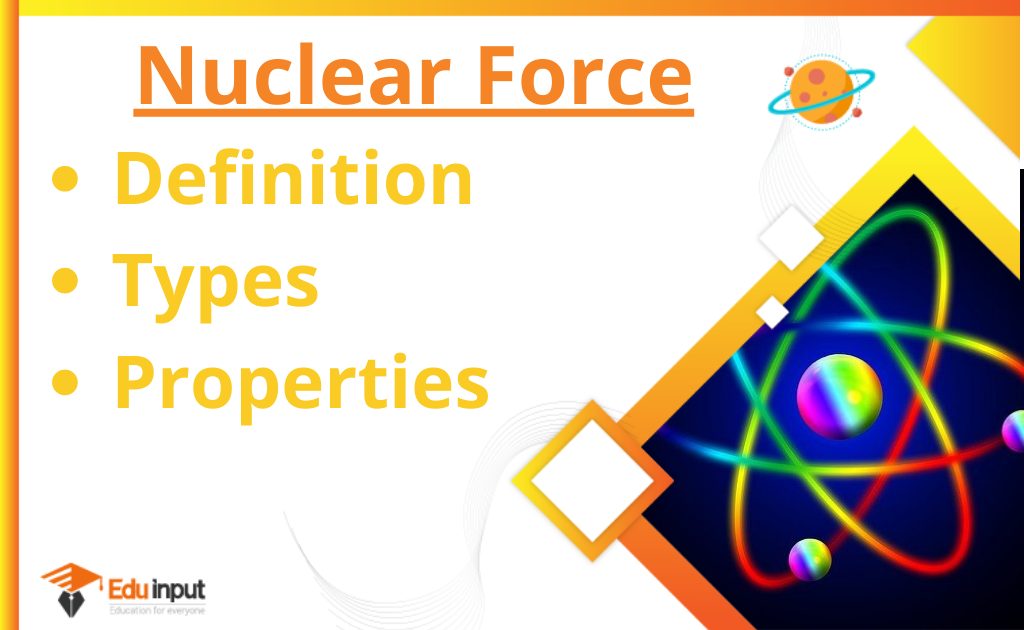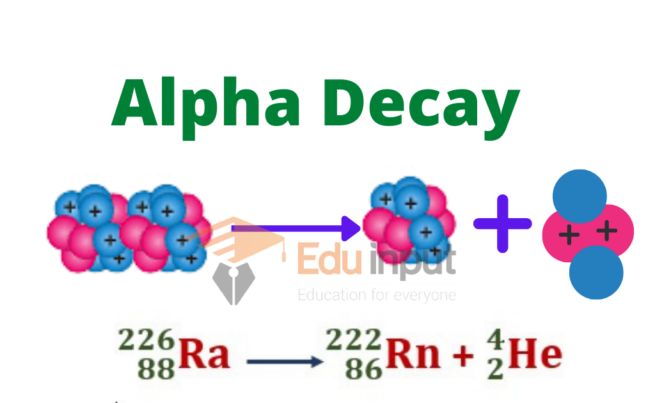Fission Chain Reaction | Controlled and Uncontrolled Fission Reaction
The fission chain reaction is a nuclear reaction in which a neutron produced in nuclear fission strikes other radioactive elements to produce a fission reaction. In this way, a chain of fission reactions is produced which is called a fission chain reaction.
Fission Chain Reaction
The fission chain reaction is an irreversible process. During a fission reaction, a nucleus of uranium-235 absorbs a neutron and breaks into two nuclei of almost equal masses besides emitting two or three neutrons.
By properly using these neutrons fission reaction can be produced in more uranium atoms such that a fission reaction can continuously maintain itself. This process is called a fission chain reaction.

Uncontrolled Fission chain reaction
Suppose that a definite amount of and a slow neutron originating from any source produces a fission reaction in one atom of uranium.
Out of this reaction, about three neutrons are emitted. If conditions are appropriate these neutrons produce fission in some more atoms of uranium.
In this way, this process rapidly proceeds, and in an infinitesimally small time, a large amount of energy along with a huge explosion is produced.
Controlled Fission chain reaction
It is possible to produce such conditions in which only one neutron, out of all the neutrons created in one fission reaction, becomes the cause of further fission reaction.
The other neutrons either escape out or are absorbed in any other medium except uranium.
In this case, the fission chain reaction proceeds with its initial speed. The resulting neutrons scatter in the air and so they cannot produce any fission chain reaction.
favorable conditions for a fission chain reaction
Some of the neutrons produced in the first fission reaction produce only one more fission reaction but here also no chain reaction is produced. If we have a sphere of Uranium.

If the sphere is sufficiently big, then most of the neutrons produced by the fission reaction get absorbed before they escape out of the sphere and produce a chain reaction.
Critical mass and critical volume
Such a mass of uranium in which one neutron, out of all the neutrons produced in one fission reaction, produces further fission is called critical mass.
The volume of this mass of uranium is called critical volume.
Working principle of the atomic bomb
If the mass of uranium is much greater than the critical mass, then the chain reaction proceeds at a rapid speed and a huge explosion is produced. The atom bomb works at this principle.
If the mass of uranium is less than the critical mass, the chain reaction does not proceed.
Working Principle of Atomic reactor
If the mass of uranium is equal to the critical mass, the chain reaction proceeds at its initial speed, and in this way, we get a source of energy.
Energy, in a nuclear reactor, is obtained according to this principle.
The chain reaction is not allowed to run wild, as in an atomic bomb but is controlled by a series of rods, usually made of cadmium, that is inserted into the reactor. Cadmium is an element that is capable of absorbing a large number of neutrons without becoming unstable or radioactive.
Hence, when the cadmium control rods are inserted into the reactor, they absorb neutrons to cut down on the number of neutrons that are available for the fission process. In this way, the fission reaction is Controlled.







Leave a Reply